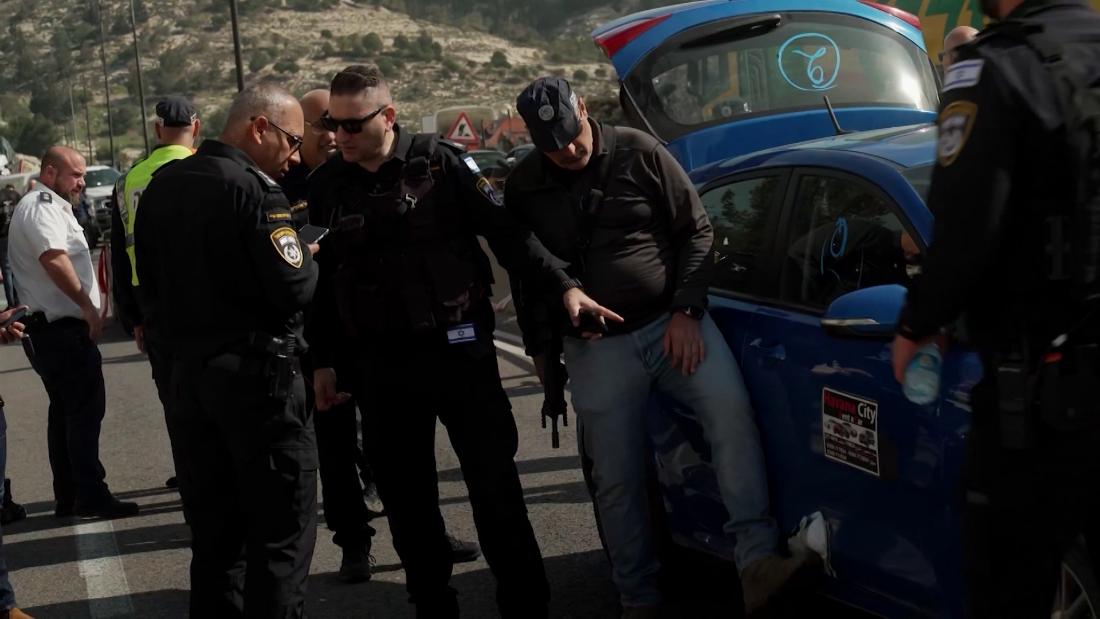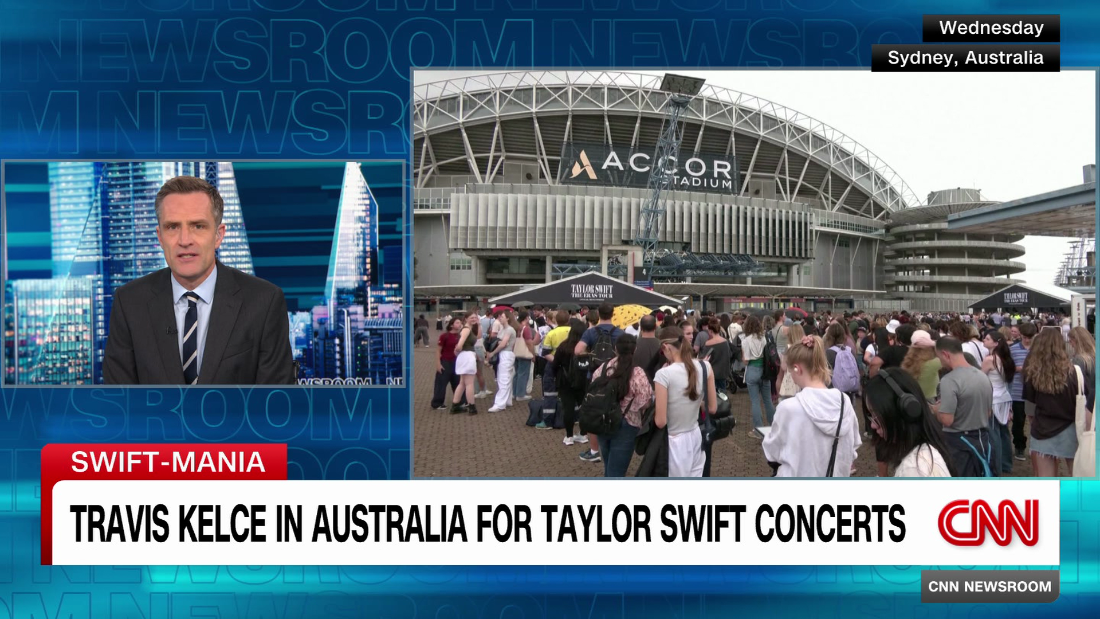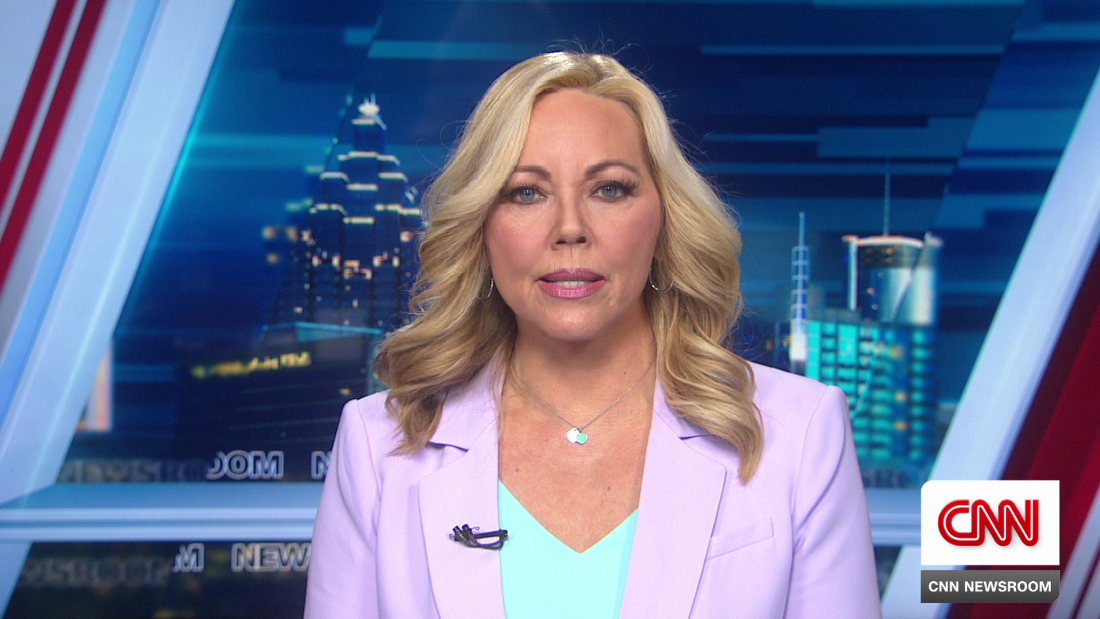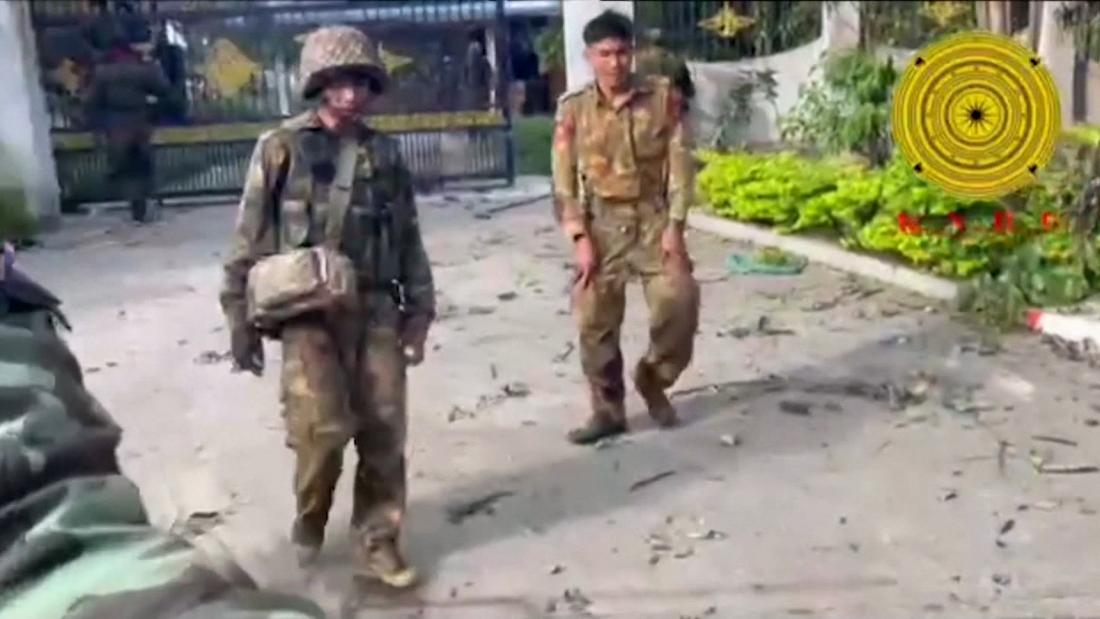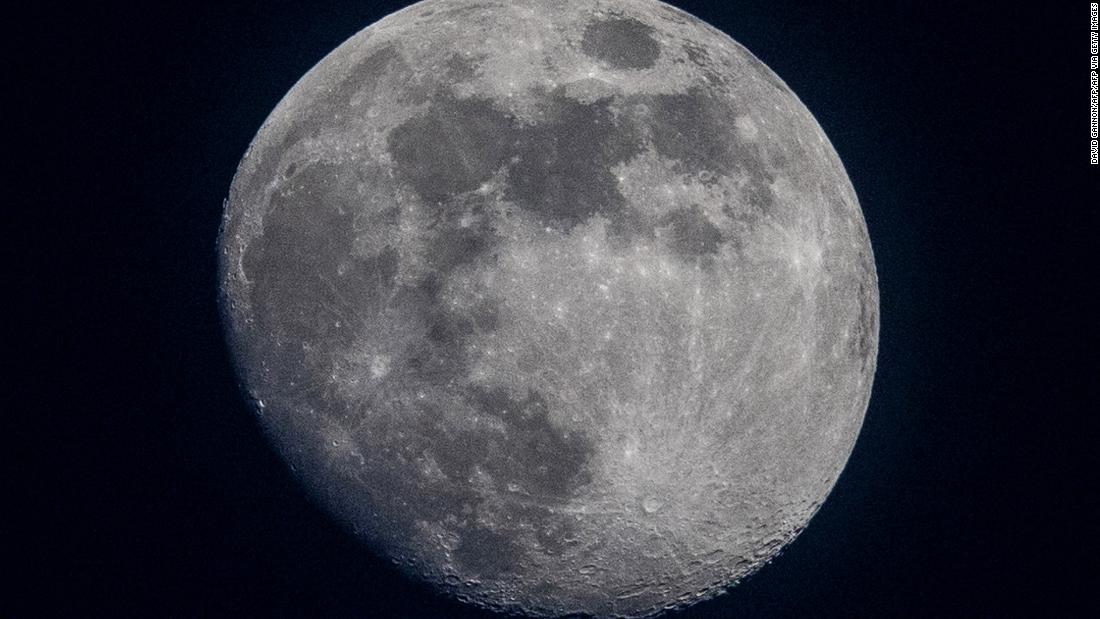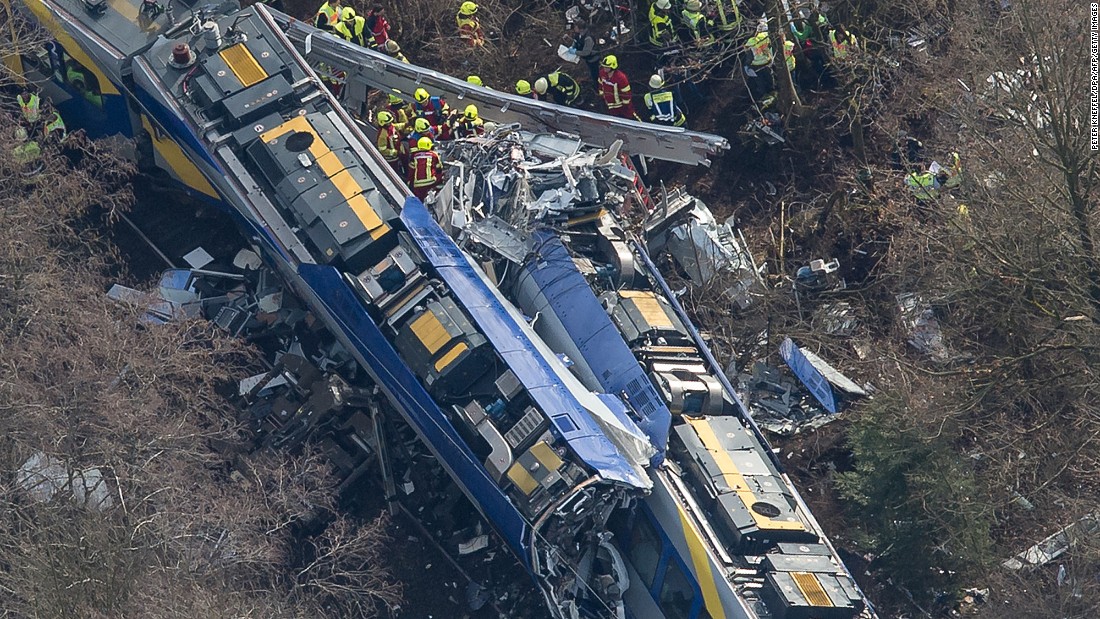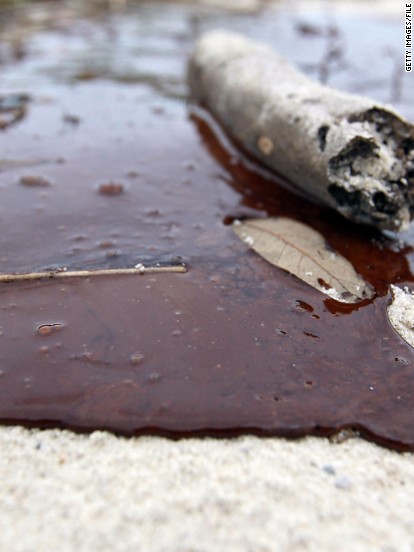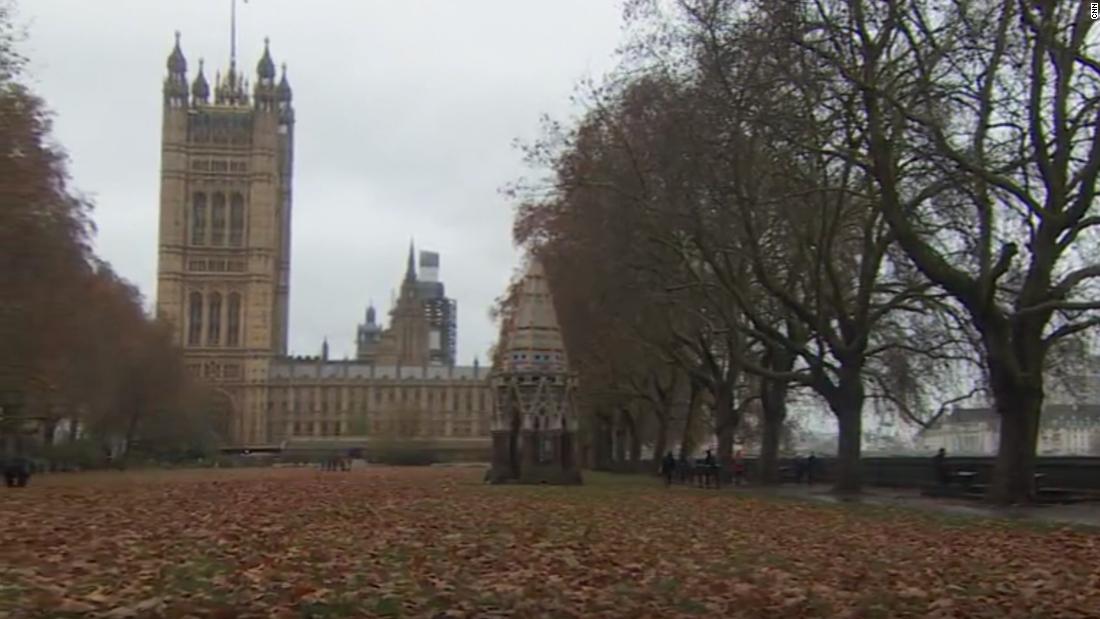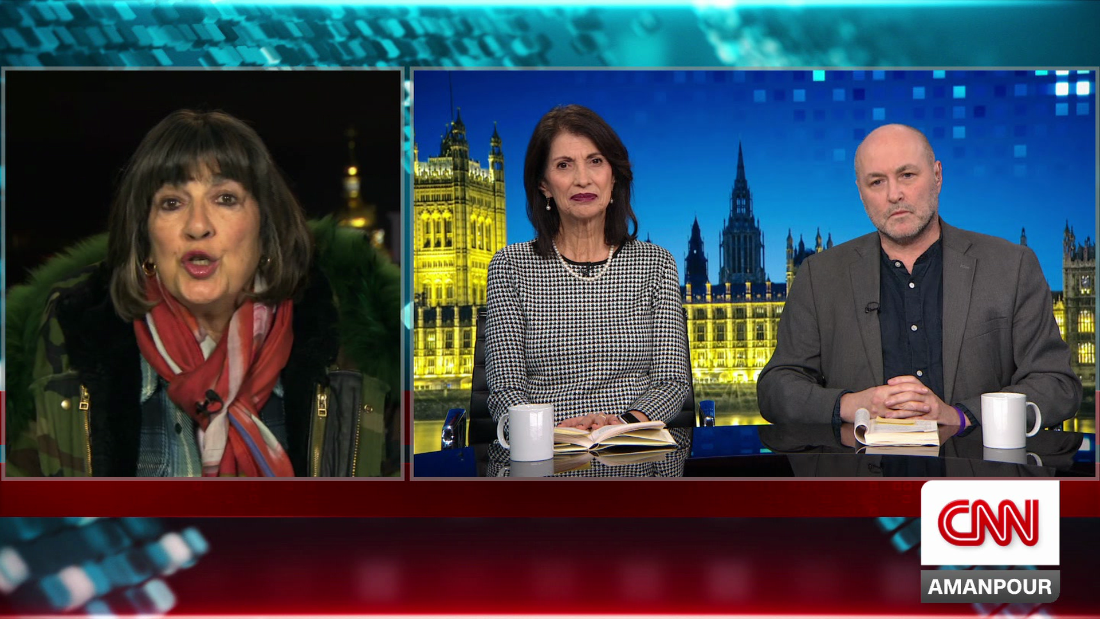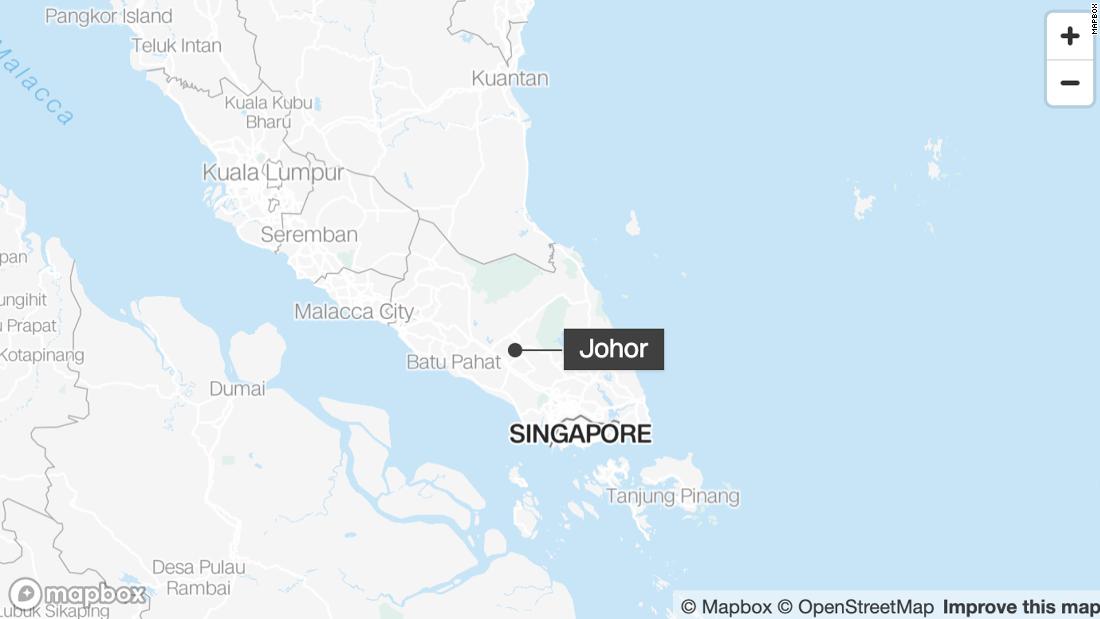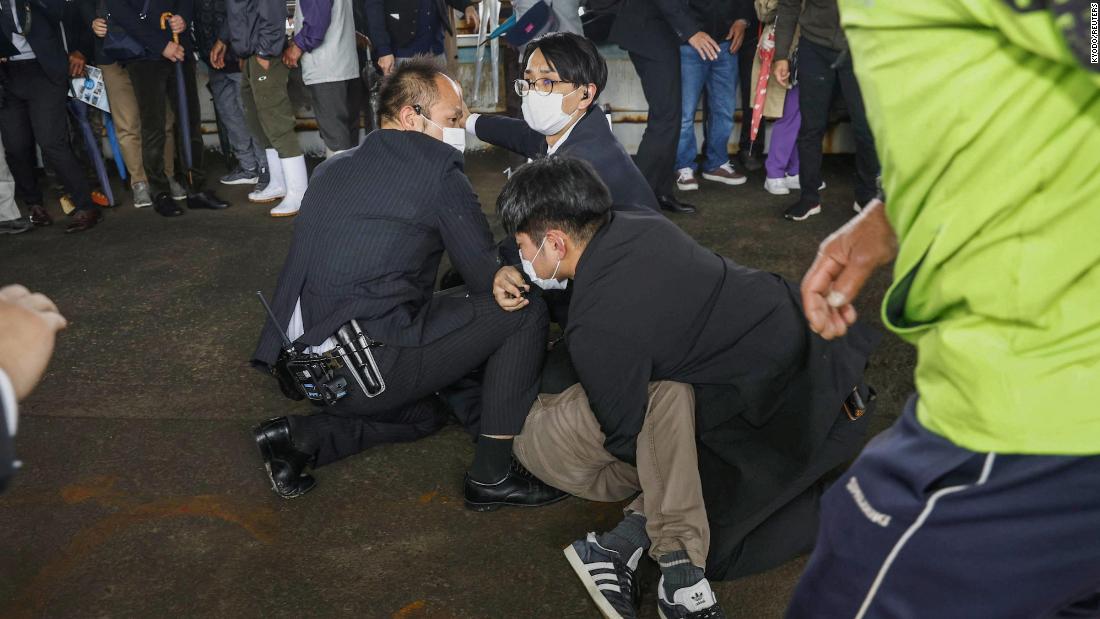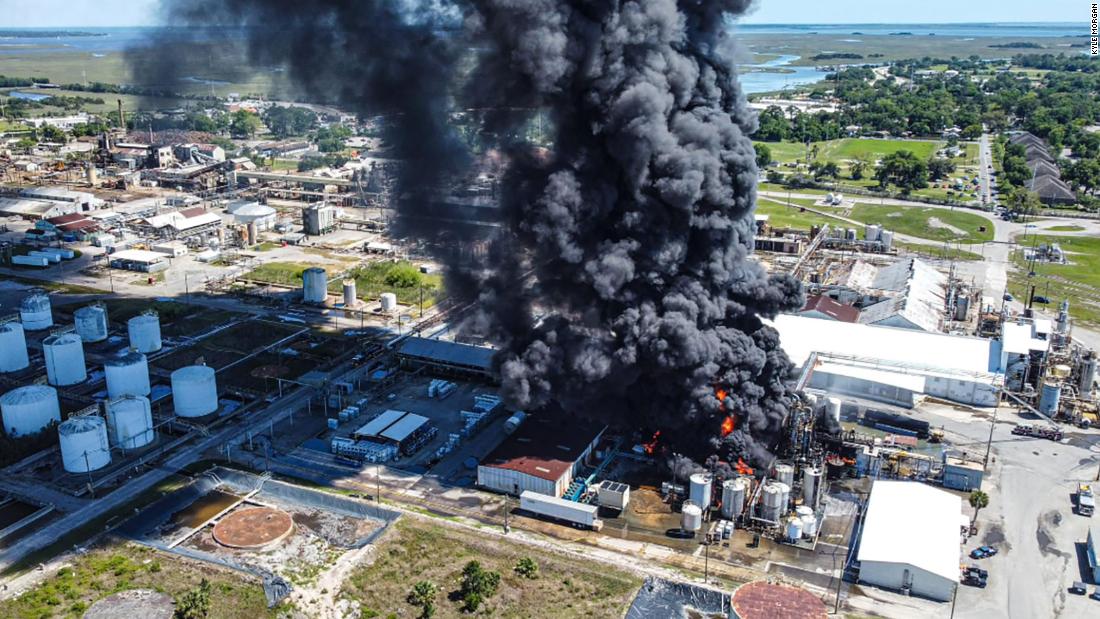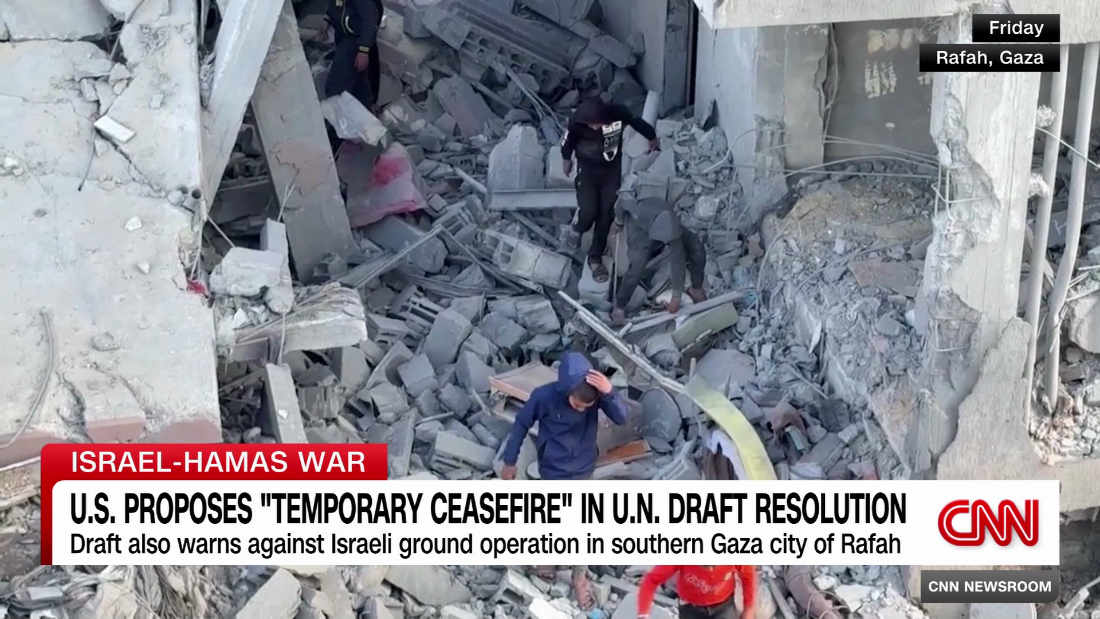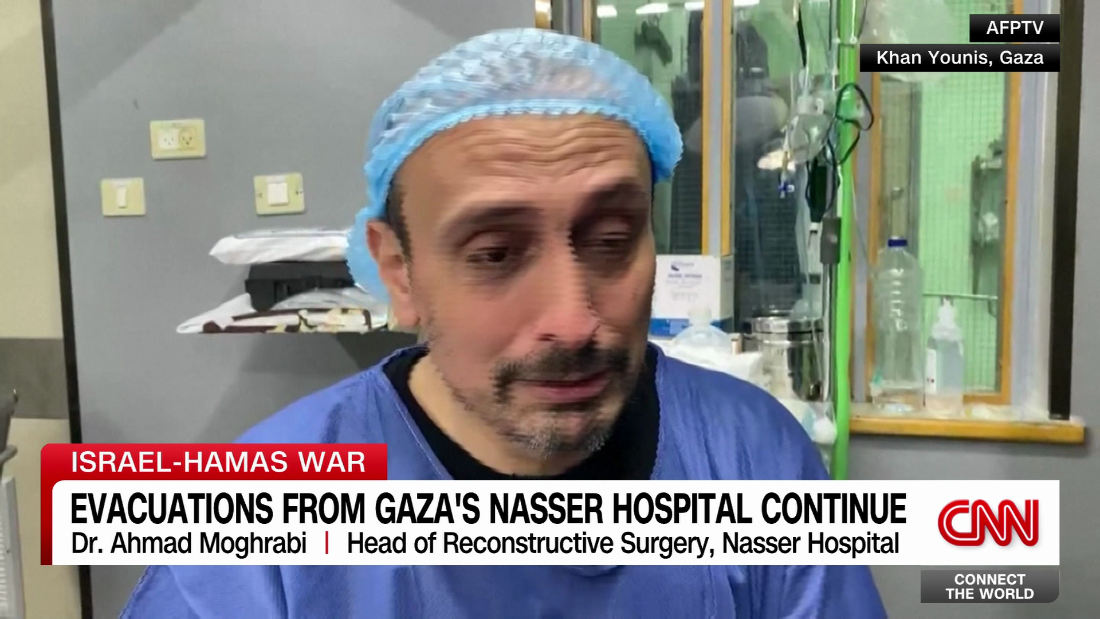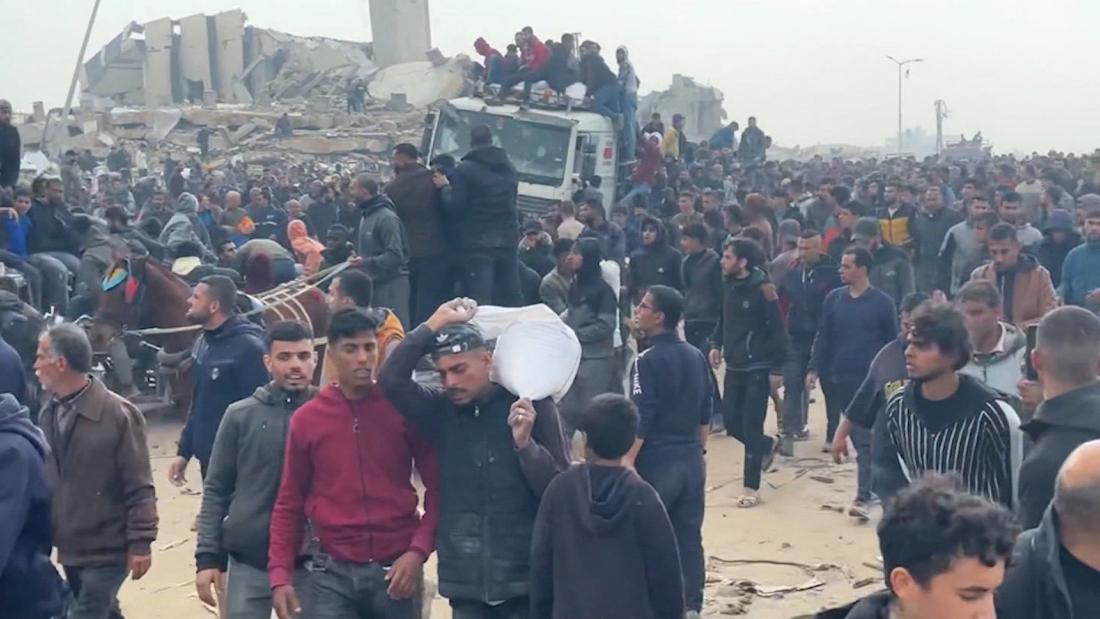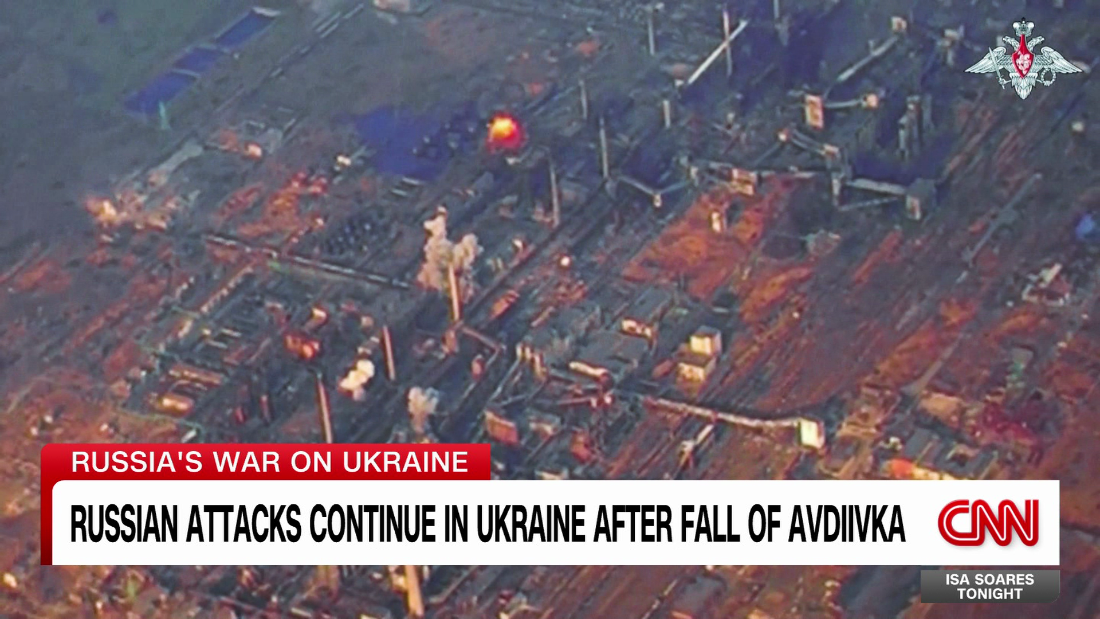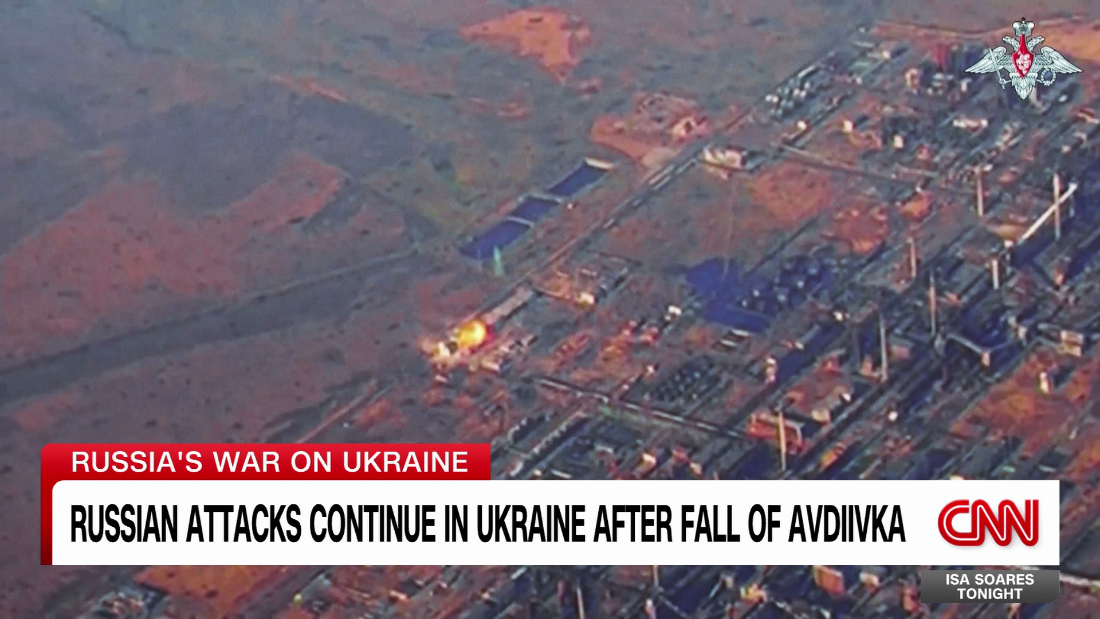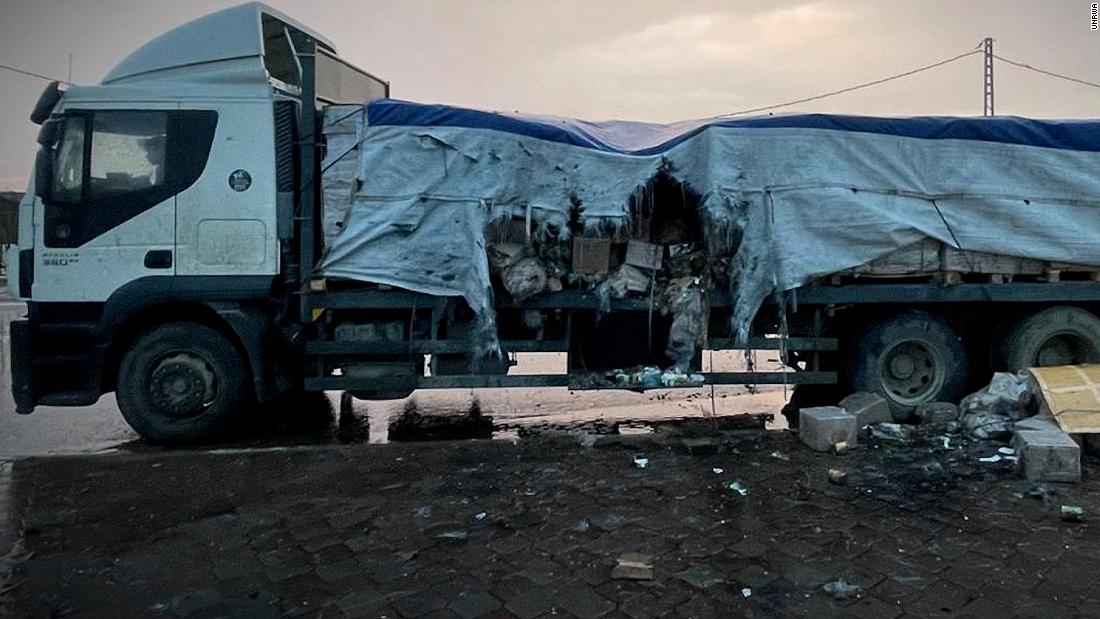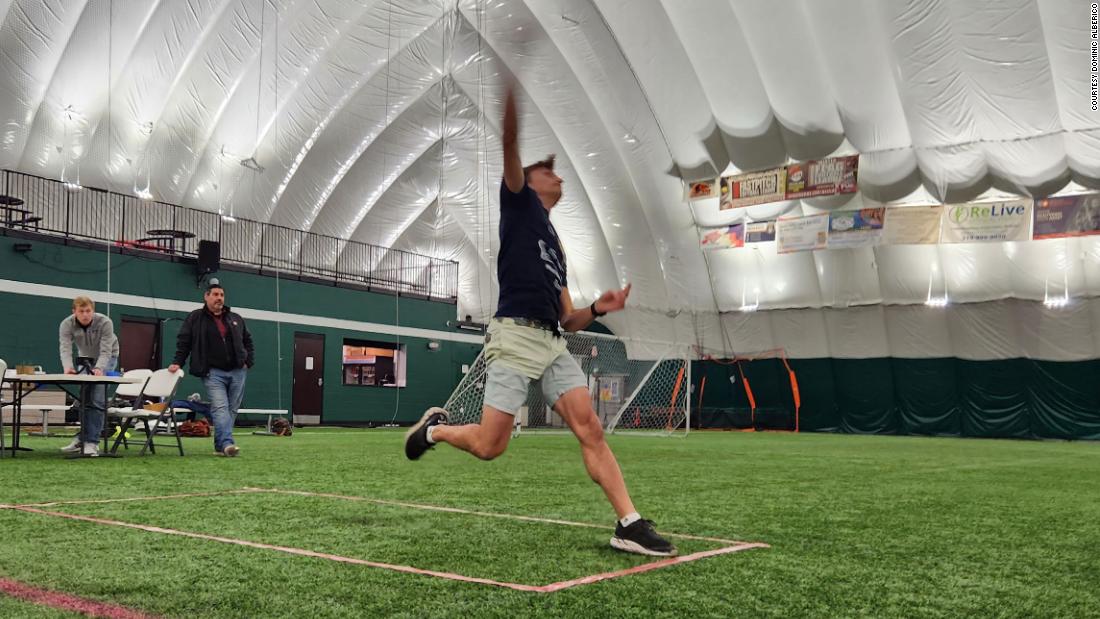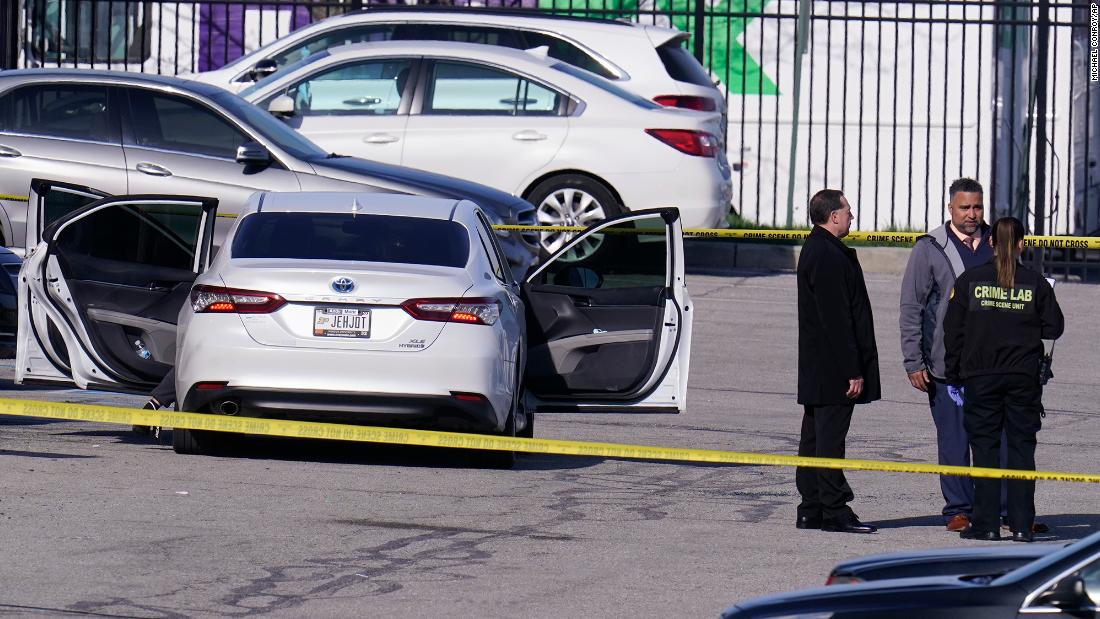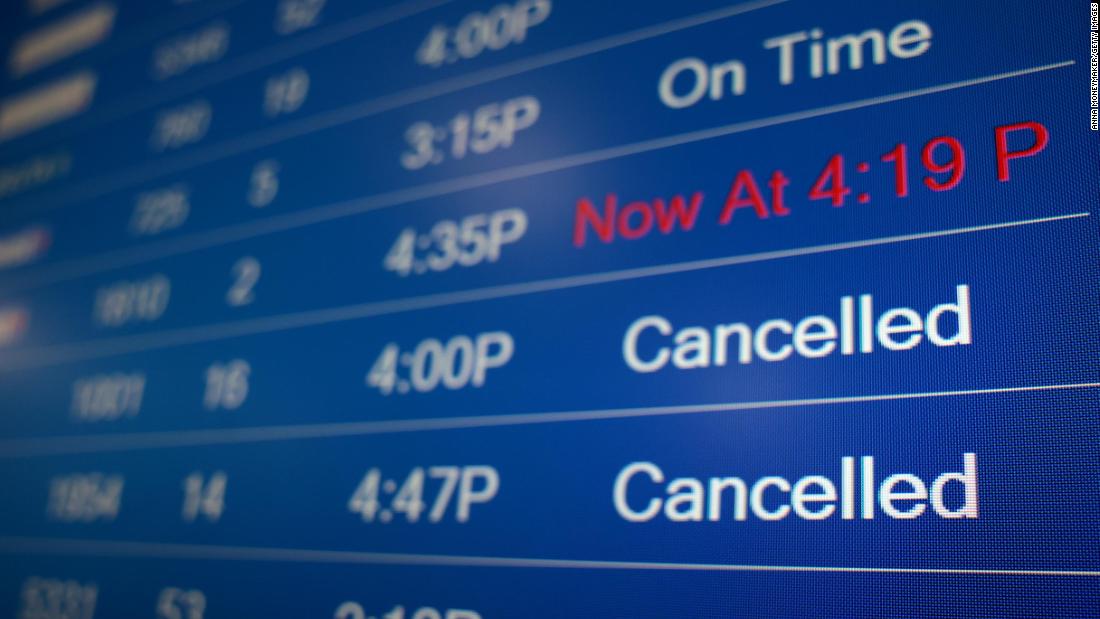UP to 11 passengers and crew reportedly fell ill with food poisoning on a nine-hour Air India flight from London.
In the latest blunder for the airline, passengers said they felt dizzy and nauseous on the hellish flight to Mumbai on Monday.
Up to 11 passengers and crew fell ill with food poisoning on a nine-hour Air India flight
GettyIt comes after the horror crash in Ahmedabad on June 12[/caption]
The plane’s tail was seen sticking out of a building following the crash a few weeks ago
This incident comes amid a recent string of chilling Air India issues, marked by a series of flight cancellations and disruptions since the deadly crash in Ahmedadbad on June 12.
Air India confirmed the chaotic incident and said just five passengers and two crew members were ill.
But earlier eyewitness accounts suggested as many as 11 people, including six crew, were affected.
Air India said in a statement to Hindustan Times: “On board flight AI-130 from London Heathrow to Mumbai, five passengers and two crew reported feeling dizzy and nauseous during different phases of the flight.
“Our medical experts were prepared to offer prompt medical aid after the airplane safely touched down in Mumbai.
“Two passengers and two cabin staff members who were still feeling ill after landing were brought to the hospital room for additional testing before being released. We have informed the regulator and are looking into the incident.”
The Boeing 777 landed safely in Mumbai, with medical teams put on standby.
Two passengers and two crew members who still had symptoms after landing were reportedly rushed to the airport’s medical facility for observation and tests before later being discharged.
The airline has informed aviation regulators and says a full investigation is underway.
Initial theories about a cabin pressurisation issue were dismissed as oxygen masks weren’t deployed during the horror flight.
An expert familiar with the situation noted that food poisoning is now considered a more plausible cause.
Common symptoms like vertigo and queasiness can also result from low oxygen levels, but this scenario seems unlikely in this case.
Bizarrely, the flight’s pilots were unaffected.
Whilst they consume the same meals as passengers, standard aviation safety practices often include serving the commander and first officer food prepared in separate kitchens to reduce risk in such situations.
The chaotic flight comes amid heightened scrutiny of in-flight safety protocols.
Just yesterday, an Air India flight en route from Birmingham to Delhi was forced to divert to Riyadh following a worrying bomb threat, airline officials said.
The threat came after the horror Air India disaster in Ahmedabad earlier this month, which killed all but one passengers and crew.
Air India Flight AI114 was forced to land in Saudi Arabia‘s capital after a shocking threat was received mid-air.
The jet had departed at 8:26pm on June 21 from Birmingham Airport.
But passengers were left confused when the Boeing 787-8 Dreamliner plane diverted from its original destination.
The aircraft went on to land safely, and all those on board underwent standard security checks on Saturday.
Air India continues to be hit with criticism for “repeated violations” – after three officials were sacked over “systemic failures” following the tragic crash.
Investigators are continuing their probe into what caused the airline’s London-bound plane to plunge to the ground moments after takeoff in Ahmedabad.
Leading theories on Air India Flight AI171
THESE are some of the leading theories explaining the tragic Air India disaster which killed at least 270 people.
Emergency power system: A small turbine generator was seen deploying as the Boeing 787 went down, experts said.
Footage showed a “protrusion on the belly of the aircraft” with a “little grey dot” beneath it.
Commentators say this was a system called Ram Air Turbine (RAT) poking out from the fuselage of the plane.
Bird Strikes: A bird strike could have taken out both of the jet’s giant General Electric engines.
While a bird taking down something the size of a commercial airliner might sound fanciful, there are numerous examples.
Wing flap position: Aviation experts have suggested the position of the aircraft’s wing flaps could have played a role in the disaster.
Video evidence suggests the flaps were either fully retracted or on a very minimal setting, which would have provided very little lift.
The flaps provide crucial extra lift at low speeds during take-offs and landings.
Pilot error: The state-of-the-art Boeing 787-8 is highly automated, with human pilots making only key decisions – but human error cannot be ruled out.
Co-pilot Clive Kundar had more than 3,400 hours of flying experience and made the mayday call but Captain Sumeet Sabharwa at the helm had 11,500 hours – making him one of Air India’s most experienced pilots.
Heat: Planes get less lift on a hot day due to lower air density, and therefore they need to go faster to get as much lift as on a cooler day.
This is particularly important when an airliner is heavy with fuel, passengers and baggage, as the Air India flight was.
Technical error: Catastrophic technical or engineering issues have not been ruled out.
The jet’s complex design mean it could take months for a design or engineering fault to be pinpointed.
XThe plane’s vertical stabiliser lies detached at the smouldering crash site[/caption]
APRescuers work amid apocalyptic scenes at the Ahmedabad crash site[/caption]
HT PhotoVishwash Kumar Ramesh – sitting in 11A – was the sole survivor of the jet crash[/caption] Published: [#item_custom_pubDate]


















